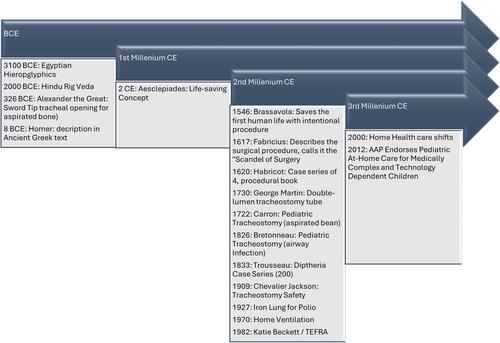Economic Study of a Pediatric Tracheostomy Remote Home Monitoring Program (PTRHMP) Compared to Prolonged Hospitalization for Children With Tracheostomy
Abstract
Background/Context
Home health nursing is considered critical to transition to at-home care after pediatric tracheostomy. This diminishing resource contributes a barrier to at-home care. Telemedicine (Bluetooth wireless technology for monitoring vital signs, Wi-Fi data transfer to a centralized monitoring center for alarm response) could add support for families during this transition. This manuscript compares a retrospective evaluation of observed hospital costs to modeled estimates for a Pediatric Tracheostomy Remote Home Monitoring Program (PTRHMP): equipment alarm monitoring, call-to-home confirmation, and a centralized database of critical information for Emergency Medical Services (EMS) dispatch.
Key Methods
(1) Cost of Care Cohort analysis of in-patient cost of care for pediatric tracheostomy patients using retrospective chart review. (2) Modeled cost estimates using a financial proforma developed by experts in the field. (3) Comparative Analysis of Cost of Care Cohort versus PTRHMP proforma. (4) Potentially avoidable Adverse Event analysis.
Results
Thirty-three candidates met inclusion criteria for the Cost of Care Cohort Analysis. Average LOS was 31.6 days longer than target LOS, was influenced by average number of caregivers (p < 0.0001) and by age at tracheostomy placement (p = 0.038; 1), and averaged ($17,000/day billed, $3000/day payments received) 10 times the cost estimated for the PTRHMP proforma ($285 per patient-day).
Conclusion
The widespread adoption of a Pediatric Tracheostomy Remote Home Monitoring Program (PTRHMP) appears to be technologically and financially tenable at one tenth the cost of in-patient care. Patients under the age of 2 at tracheostomy placement may represent a separate subgroup for analysis. An implementation study is required to determine the level of safety compared to currently available conditions.
Level of Evidence
2—Cohort Study.


 求助内容:
求助内容: 应助结果提醒方式:
应助结果提醒方式:


